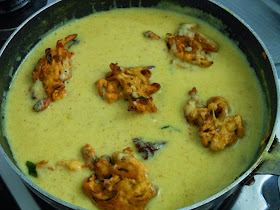Winter is almost in the air and no other food best suits winter than a warm, comforting bowl of soup. This clear vegetable soup is an easy-to-make, light and flavourful accompaniment for your winter evenings.
Clear Vegetable Soup
Now the chopped green chillies go in and are fried for about 30 seconds. Add in the vegetable stock, cover and cook with a lid on simmer for about 10-15 minutes so that the flavours of the garlic and chillies seep through the stock really well.
Remove the lid and add in the vegetables in this order:
After about a minute, the cabbage leaves
 |
| Hot Clear Vegetable Soup |
Ingredients
1 tbsp oil
6-8 garlic cloves finely chopped
2 green chillies finely chopped
1 litre vegetable stock
6-7 leaves of cabbage sliced into 1 inch squares
6-7 leaves of spinach sliced into 1 inch squares
1 medium sized carrot sliced into thin round slices
1/2 tsp black pepper powder
Salt to taste
 |
| How to cut the vegetables |
Method
In a deep pan heat the oil. Add in the finely chopped garlic and fry till it turns golden brown.
 |
| The colour of the garlic when done |
Now the chopped green chillies go in and are fried for about 30 seconds. Add in the vegetable stock, cover and cook with a lid on simmer for about 10-15 minutes so that the flavours of the garlic and chillies seep through the stock really well.
 |
| Flavours of garlic and chillies seeping into the vegetable stock |
Remove the lid and add in the vegetables in this order:
First the carrots because they take some time to cook...
 |
| Carrots go in first |
After about a minute, the cabbage leaves













































